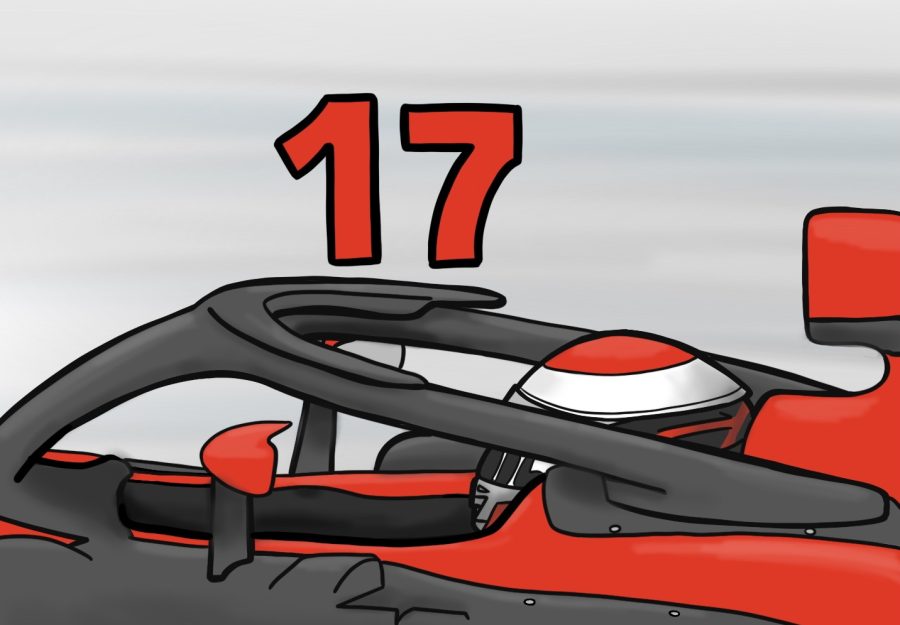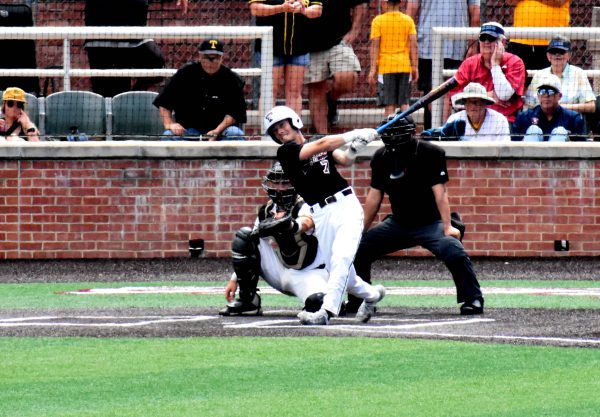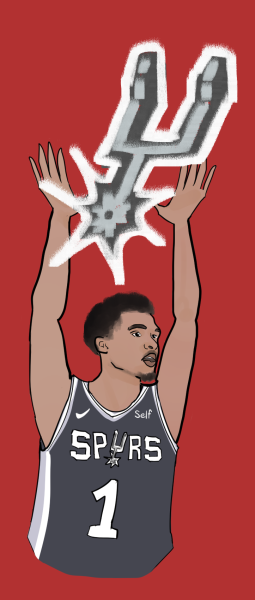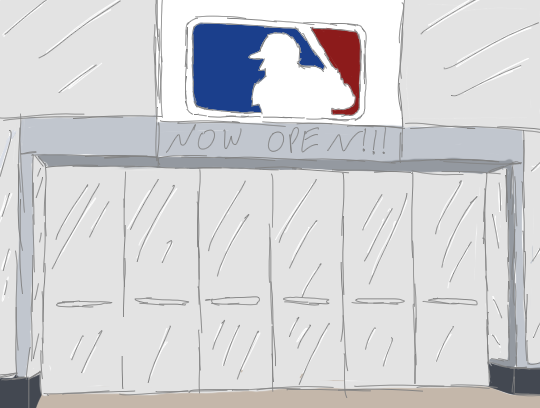F1’s guardian angel
From ridiculed to revered, the “Halo” has proven its doubters wrong
The 2014 Japanese Grand Prix is a race that has, without a doubt, left a mark on the sport of F1. For those who don’t know, that year’s race went ahead despite monsoon-like conditions. On lap 42, German driver Adrian Sutil spun out, bringing out local yellow flags as marshals moved to clear the vehicle using a tractor. On lap 43, Frenchman Jules Bianchi lost control of his car and crashed into the recovery vehicle, sliding under the tractor at around 80 miles per hour. He passed away nine months later, becoming the first Formula One driver to be killed in a race in 20 years. No driver had died since the tragic death of Ayrton Senna in 1994, and the loss of Bianchi rocked the racing world.
Indycar (an American open-wheel racing series) suffered another tragedy in 2015. During the ABC Supply 500 in Pocono, Pennsylvania, Sage Karam lost control of his car, hit the outside wall and lost the nosecone of the vehicle. The nosecone struck British driver Justin Wilson’s helmet, and Wilson was pronounced dead a day later. After two deaths in back-to-back seasons, the racing world was stunned by the losses. Driver fatalities had gone from regular occurrences in the 1950s and ‘60s to freak accidents in the modern day. These two deaths spurred open-wheel racing series to take a deep look into driver safety, with F1 leading the way.
Despite pushback from teams and fans, F1 began testing two concepts for driver protection: the Halo and the Aeroscreen. Utilizing a 20-pound bar of Titanium, the Halo forms a Y-shaped protective ring around the driver’s head meant to deflect debris such as tires and other vehicles. The competing proposal, the Aeroscreen, used a similar design to the Halo, but with a transparent screen instead of a metal bar with large, open gaps. Though Indycar adapted the Aeroscreen in 2019, Formula 1 chose the Halo design, making it mandatory for the 2018 season and beyond.
Even though the Halo had good intentions, it quickly received backlash from drivers and fans alike. A constant criticism was the visibility limitations the device presented. The design had a vertical bar in the middle of the field of vision, which many felt could obstruct a driver’s ability to see and avoid potential danger. Haas driver Kevin Magnussen called it “ugly and annoying,” while the late Niki Lauda said it would “ruin the DNA of an F1 car.” Many even said it could hinder a driver’s ability to escape a crash. Some fans stated that it would ruin the cars, while others took to Twitter to post memes of the Halo’s resemblance to flip flops.
Following a harsh debut in Australia, discussion of the Halo would fade into the background—but not for long. On Aug. 26, 2018, the Belgian Grand Prix kicked off with a bang in Stavelot, Belgium. Entering Turn 1, Renault driver Nico Hülkenberg locked his brakes, hitting the rear of Fernando Alonso’s McLaren. Alonso’s car veered into the side of rookie Charles Leclerc’s car, launching over the top of the vehicle in a violent crash. Following the race, images circulated of Leclerc’s Halo, which bore black rubber marks from Alonso’s tire running over the top of the car. Without the Halo, Leclerc would have likely been hit by Alonso’s tire, which would have resulted in significant injury or worse.
All criticism of the Halo was silenced thanks to one of the most dramatic accidents in recent memory. Haas F1 driver Romain Grosjean was involved in an accident exiting Turn 3 on the opening lap of the 2020 Bahrainian Grand Prix when he careened into a steel barrier at almost 120 mph. Grosjean’s car was split in half as the nose penetrated the wall, trapping the Frenchman inside a terrifying ball of fire. Trapped between two steel beams, Grosjean eventually forced his way out of the cockpit after an excruciating 20-second wait. Despite a 67-g impact, Grosjean had only minor burns and rib injuries. Further investigations showed that as the car broke through the barrier, Grosjean’s Halo essentially acted as a crowbar, prying the two steel beams apart and keeping the driver’s head protected. While crews cleaned the accident, images showed the destroyed shell of the car with the Halo perfectly intact.
After the rough reception, the Halo has proved more than enough times that its introduction was necessary. While many criticized its ugly appearance, many more now see clips of cars from before the Halo and ask, “how could we have gone so long without this?” Some of the Halo’s most critical haters have become its biggest supporters after the device has saved countless lives. Even though F1 (or motorsports in general) will never be 100% safe, the Halo has done its part to make the sports safer than it was before.

Hey! I'm Caleb Reed, and I'm the new Sports Editor for the Trinitonian this year. I love all kinds of sports and I've got a passion for both commentary...











F1 Fan • Sep 6, 2022 at 12:12 pm
RIP Anthoine Hubert #19 (1996-2019)